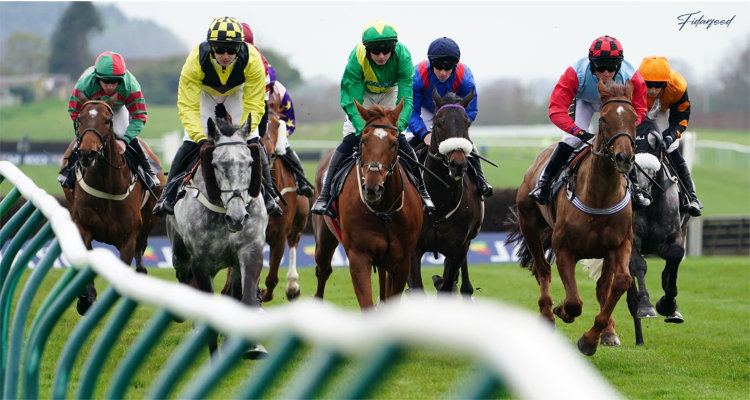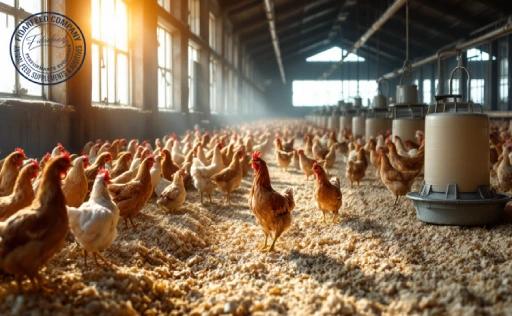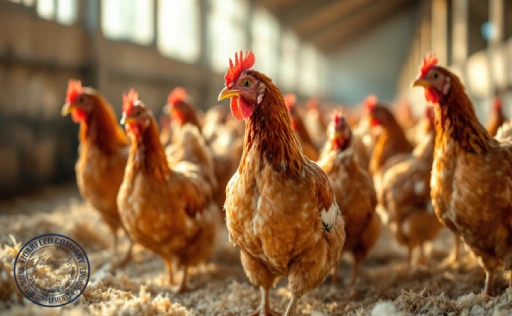Every racehorse breeder, whether new to the field or seasoned by years of experience, shares a common goal: keeping their horses healthy, happy, and at peak performance. Proven techniques to reduce physical stress in racehorses safely are no longer a luxury—they’re a necessity. As the demands of competition rise and training schedules tighten, physical stress can silently erode a horse’s health, performance, and career lifespan. In this article, we’ll walk you through practical, science-backed solutions to manage and reduce that stress—so your horses thrive, not just survive. Let’s get started.
Why Managing Physical Stress in Racehorses Matters More Than Ever
Racehorses are elite athletes. Like any top-performing athlete, they face high levels of physical exertion that can lead to injuries, burnout, and long-term health issues if not managed properly. Stress-related fatigue, muscle soreness, reduced appetite, and behavioral changes can severely impact performance and recovery time.
Learn more about: Probiotic Supplement for Horses and foals
More importantly, prolonged stress can shorten a horse’s racing career and decrease overall profitability. Prevention is smarter—and far more cost-effective—than treating injuries or chronic health problems down the road. Managing stress isn’t just about performance; it’s a commitment to the horse’s welfare, safety, and longevity.
Understanding the Causes of Physical Stress in Racehorses
To tackle physical stress effectively, we must first understand where it comes from. Several factors contribute to stress buildup in racehorses:
-
Intense training schedules without sufficient recovery time.
-
Traveling frequently to different tracks or events, disrupting routines.
-
Poor stable conditions, including lack of ventilation or overcrowding.
-
Inadequate nutrition that fails to meet the horse’s metabolic demands.
-
Sudden changes in weather, training surfaces, or handling practices.
Learn more about: Holsteiner Horses: Strength and Stamina for Heavy Work
Each of these stressors may seem minor on their own, but together, they can wear down even the strongest horse. The key is early identification and targeted management.
Proven Conditioning Methods to Build Resilience Safely
Smart conditioning is about more than just building speed. It’s about developing a durable, resilient body that can handle the physical demands of racing without breaking down.
Start with gradual progression. Introduce new workloads slowly and monitor how your horse responds. Alternate between hard training days and light work or rest days. Variety matters too—incorporate swimming, walking, or trail riding to reduce repetitive strain on joints.
Learn more about: Essential Tips to Prevent skin diseases in horses
According to studies published in the Journal of Equine Veterinary Science, interval training and cross-training improve cardiovascular fitness while reducing overuse injuries. Recovery is just as important: allow at least 48 hours between intense workouts to help muscles heal and strengthen.
How Proper Nutrition Reduces Physical Stress in Racehorses
What goes into your horse directly impacts how well they perform and recover. Balanced nutrition isn’t just about energy—it supports muscle repair, bone strength, and immune health.
Ensure your feed includes high-quality proteins for muscle repair, adequate fats for energy, and micronutrients like selenium, zinc, and magnesium to aid in recovery. Vitamin E and C are particularly helpful in reducing oxidative stress after intense activity.
Learn more about: Best Feed for Young Horses: Nutrition Tips for Healthy Growth and Development
Feed timing also matters. Consider offering smaller, more frequent meals to avoid digestive stress, and always coordinate feeding around exercise to prevent issues like colic or gastric ulcers.
The Role of Hydration and Electrolyte Balance in Stress Prevention
Hydration is often overlooked, yet it’s critical for thermoregulation, joint lubrication, and overall function. During intense exercise or hot weather, horses lose large amounts of electrolytes through sweat.
Replace these with balanced electrolyte supplements containing sodium, potassium, and chloride. Fresh, clean water should always be accessible—especially after training or transport. A simple way to check hydration status is the skin pinch test: if the skin takes more than 2 seconds to return to normal, your horse may be dehydrated.
Advanced Grooming and Massage Techniques to Ease Muscle Tension
Recovery isn’t just about rest—it’s also about circulation and relaxation. Gentle equine massage, stretching, and grooming stimulate blood flow, reduce inflammation, and help clear lactic acid from muscles.
Focus on large muscle groups in the back, shoulders, and hindquarters. Use soft brushes and rhythmic strokes to detect heat, swelling, or sensitivity. Warm compresses or thermotherapy wraps can also relax tight muscles and improve mobility.
Learn more about: Choosing the Right Horse Breed for Breeding: A Comprehensive Guide
According to research in Equine Veterinary Journal, massage therapy not only reduces physical stress but also improves a horse’s mood and behavior.
Monitoring Tools Every Racehorse Breeder Should Use
Today’s breeders have access to tools that previous generations could only dream of. Simple devices like heart rate monitors, thermal imaging, and gait analysis software can alert you to early signs of strain.
Behavioral signs matter too: reluctance to move, tail swishing, or even pinned ears during grooming could indicate discomfort. Track performance metrics and recovery times, and look for trends over time. This data helps you adjust training before stress becomes injury.
Designing a Stress-Free Environment for Recovery
A racehorse’s stable is more than just a shelter—it’s a recovery zone. Ensure it is well-ventilated, quiet, and free from drafts. Use soft, dry bedding to cushion joints and prevent pressure sores. Keep lighting consistent and avoid excessive noise.
Learn more about: The Hidden Stress in Horses: How Human Actions Affect Welfare
Horses thrive on routine. Feeding, exercise, and grooming schedules should be consistent. Avoid sudden changes in handlers or environment whenever possible. A calm, predictable setting promotes both mental and physical healing.
How to Recognize Early Warning Signs of Overtraining
One of the most valuable skills a breeder can develop is reading the horse’s body language. Watch for subtle signs like:
-
Persistent stiffness or muscle tightness.
-
Sudden changes in behavior or attitude.
-
Loss of appetite or weight.
-
Elevated resting heart rate or delayed recovery post-exercise.
These early warnings are red flags. Reducing intensity or allowing a few extra rest days can prevent serious setbacks.
When to Seek Professional Support: Vets, Physios, and Trainers
Even the most experienced breeders benefit from a team approach. If a horse is consistently sore, underperforming, or acting out, it’s time to call in support.
Veterinarians can rule out underlying health issues, while equine physiotherapists and chiropractors can address muscular imbalances. Collaborate with trainers to adjust routines and plan safe reintegration into work after rest or rehab.
Learn more about: The Ultimate Guide to Healthy Horse Feeding
Never wait until a small issue becomes a big one.
Long-Term Strategies to Keep Racehorses Healthy and Strong
Reducing physical stress is not a one-time fix—it’s a long-term strategy. Develop a yearly plan that includes seasonal adjustments, preventative vet checks, and structured downtime.
Record everything—from training loads and feed changes to behavior shifts and health outcomes. Over time, this builds a reliable blueprint for keeping your horses not only fast but also strong, balanced, and stress-free.
Final Thoughts: It’s About More Than Racing
Caring for racehorses means investing in their future—not just their next race. By applying proven techniques to reduce physical stress in racehorses safely, breeders protect their animals’ health and extend their careers.
We’d love to hear from you. Have you faced challenges with stress management in your racehorses? What techniques have worked best for you? Share your thoughts, questions, or tips in the comments below. Let’s support each other in building a stronger, healthier future for our horses.










